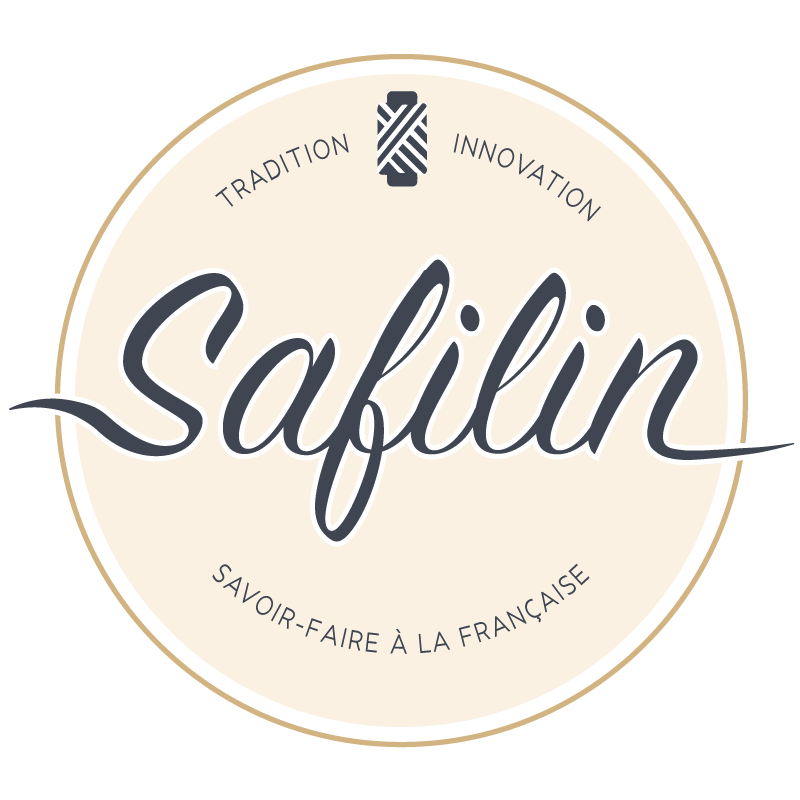
Futurotextiles 7 : Amazing Fashion Design & Art
15 Nov 2024
Mobility and green energy: spotlight on flax fibre
For these two prototype models made by the MDI Prod company, a non-woven and sometimes needle-woven flax fibre was used.
The Green’Air golf cart or tourist resort buggy, a prototype currently being commercialised, incorporates innovations in both its compressed air engine and its flax-composite body. The Green’Air fills up with air in a single minute; it has a range of 40 to 60 km and can accommodate two people plus equipment, or up to four people.
The AirLight is a standalone (off grid) lighting system, consisting of multiple LEDs, a solar panel and a vertical wind turbine that drive a compressor. The energy is not stored in batteries, but in the form of compressed air in the shaft of the lamp post, which is made of a flax composite. The built-in engine uses this compressed air to generate electricity to power the LEDs and provide lighting.
This capsule has been presented by lille3000 at the Dubai 2020 World Expo. Extend your visit a the Tripostal with Textimoov! Futuotextiles 6 exhibition until September 29th 2024. More infos at www.futurotextiles.com





FLAX has had many different statuses since it became the first plant fibre to be used as a textile clothing mankind 38,000 years ago. Always a vector for innovation, it is now attracting the interest of industrialists and engineers looking for solutions that can be adapted to a responsible bioeconomy. Thanks to its unique mechanical properties, particularly in composites, flax is being used in technical textiles designed for new uses. Its low density, lightness, higher specific rigidity than glass fibres and vibration absorption make it appealing to sectors such as the automotive industry for example. Flax is now moving towards a desirable future, that of high-performance biosourced composites (low density, specific rigidity, vibration absorption, thermal and acoustic insulation and a reduced environmental footprint).